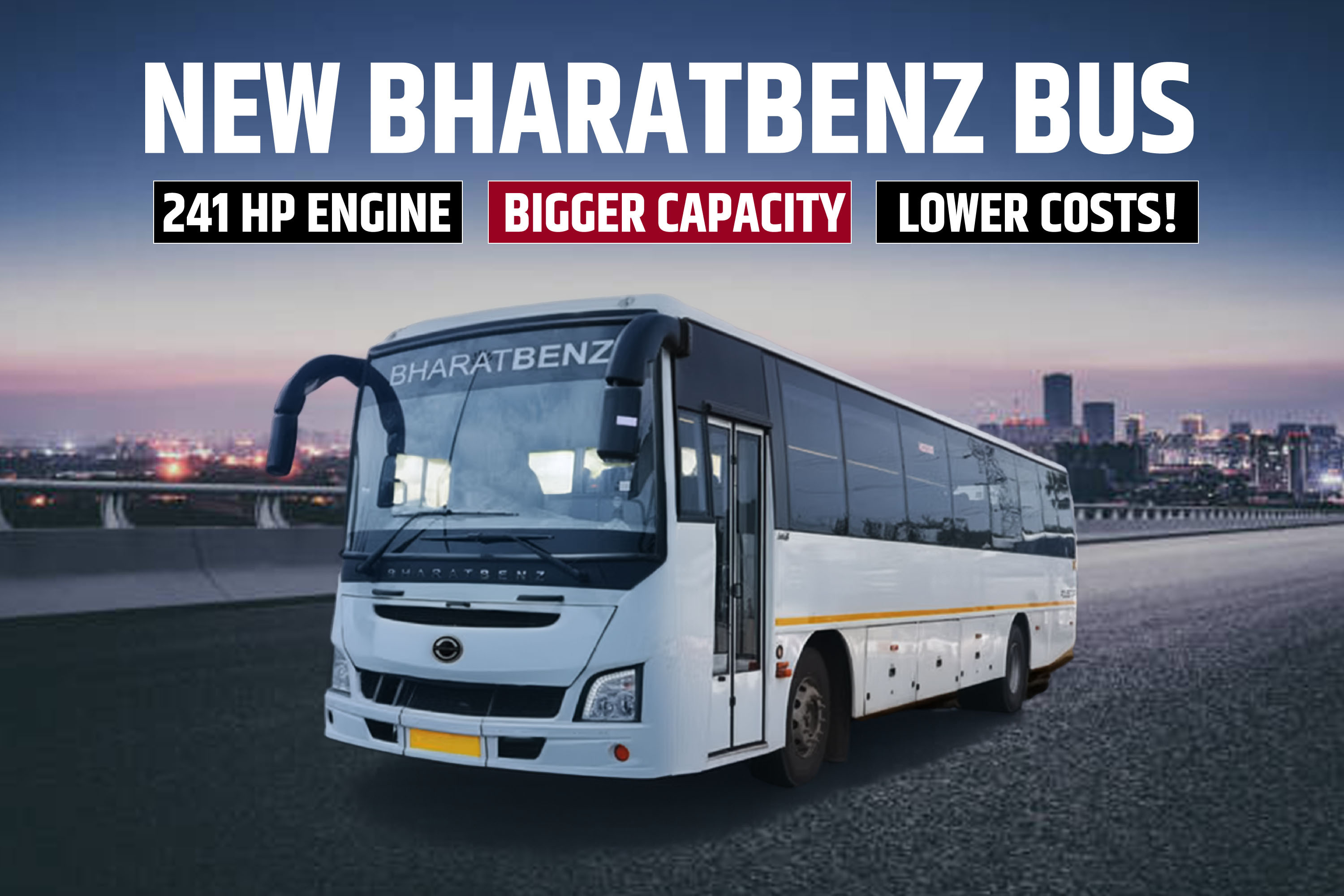
Tata Motors plans to invest more than 40% of its capital in cutting-edge megatrends
“We intend to make investments substantially in each of these innovations ahead of time,” Girish Wagh said. The commercial vehicle (CV) business of Tata Motors aims to allocate more than 40% of its overall capital investment (Capex) towards tackling futuristic megatrends, which encompass electric vehicles and various alternative fuels like hydrogen, LNG, CNG, and biofuels.
In a conversation with reporters, Tata Motors Executive Director Girish Wagh stated, “We continue to spend extensively in each of these technologies in the meantime. We will be devoting over 40% of our capital this year on targeting three futuristic megatrends alone,” he continued. To handle the changing fuel market, Tata Motor is employing a multifaceted strategy, according to a recent investor presentation. In its pursuit of net-zero emissions, the corporation is actively investigating twelve alternative fuel options, including all three technologies based on hydrogen.
In this context, the business is currently focusing on designing modular platforms for electric vehicles as part of its efforts. Additionally, the business established a new factory in Jamshedpur to produce hydrogen-powered internal combustion (ICE) engines for medium and heavy CVs in partnership with Cummins Inc., a longtime partner. It also provided Indian Oil with the country’s first hydrogen fuel cell buses last year. “We are constantly making investments in vehicles with autonomous innovations and intend to keep doing it,” said Wagh. The eight verticals make up Tata Motors’ CV division, which was recently split off from the passenger vehicle and electric mobility division. It comprises four lines of product companies such as buses and vans, small commercial vehicles, light/medium and intermediate commercial vehicles, and large commercial vehicles.
These four firms need to be separated to enable targeted initiatives because they all have different client needs, compete in various markets, and function in various manners. These companies’ development is intimately correlated with the overall size of the industry; when the industry is volatile, their development additionally follows suit.
Apart from these four, Tata Motors has founded four other companies that are less reliant on fluctuations in the domestic economy. Their overseas business comes first, and then their downstream spare parts and servicing division, which is based more on the number of vehicles already on the road (or “park volume”) than on yearly sales. The company that owns, runs, and manages electric buses makes up the third place in the smart city mobility business. In conclusion, the business has established a digital enterprise with a primary focus on developing platforms for several stages, including pre-sales, sales, and in-use.
Wagh went on, referencing the advantages coming from the split of the CV business from the PV and electric mobility business, “I believe the main point is that each of these businesses now has their financial development way, goals of its own and each of the businesses is operating independently within the business.”





